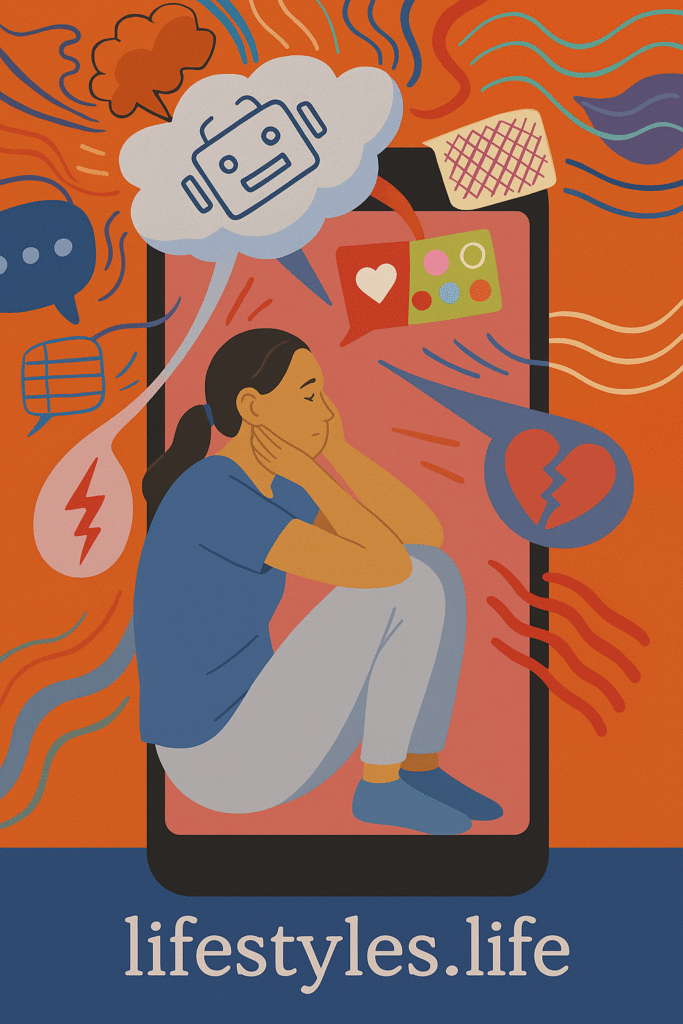How do you know when it’s time to unplug? What do you do to make it happen?

In a world that never seems to sleep, the idea of unplugging can feel like a luxury—or worse, a weakness. But here’s the truth: knowing when to disconnect isn’t about escaping life. It’s about reclaiming it.
So, how do you know when it’s time to unplug? And more importantly, how do you make it happen in a world designed to keep you constantly “on”?
Signs It’s Time to Unplug
1. Your Mind Feels Like a Browser With 50 Tabs Open
If you constantly switch between thoughts, tasks, and notifications, you’re likely suffering from mental clutter. This often manifests as forgetfulness, irritability, or poor sleep.
2. You’re Consuming More Than You’re Creating
Endless scrolling. Binge-watching. Reading but not reflecting. If your input outweighs your output, your creativity and self-awareness shrink.
3. You’re Reacting Instead of Living
When notifications instead of intentions shape your day, you’re not living on your terms. You’re reacting, not responding—with less clarity and more anxiety.
4. You Feel Tired But Can’t Sleep
Digital overload messes with your nervous system. Even when your body slows down, your mind keeps racing. This is often a red flag that you’re overdue for a reset.
How to Unplug—Without Guilt
1. Schedule Micro-Disconnects
You don’t need a cabin in the woods. Start with intentional pauses:
- 30-minute no-phone morning routines
- Screen-free lunches
- A no-tech zone in your home (e.g. your bedroom or dining area)
Consistency builds the muscle of mindfulness.
2. Create a “Why” Behind Unplugging
Unplugging feels hard when it’s vague. Tie it to something meaningful:
“I unplug because I want to be fully present with my kids.”
“I unplug so I can hear my thoughts again.”
A reason gives you resolve.
3. Use Tools to Block the Noise
Ironically, you can use tech to beat tech:
- App blockers like Freedom or Forest
- Setting “Focus” or “Do Not Disturb” hours
- Greyscale mode to make your screen less addictive
This isn’t weakness—it’s strategic self-control.
4. Fill the Space With Something Soulful
It’s not about what you’re turning off—but what you’re turning toward.
- Go for a nature walk
- Journal your thoughts
- Read something that fuels your spirit
- Pray, meditate, and create something meaningful
These simple rituals reconnect you to your inner signal.
5. Make It a Ritual, Not a Rescue
Unplugging shouldn’t just be a response to burnout but a rhythm. Set a recurring day (or even an hour) each week to reset. The more you practice, the less permission you need to step away.
Conclusion
Unplugging is not about rejecting the digital world. It’s about reclaiming your human experience within it. You are not a machine—and you don’t have to live like one. Your clarity, energy, and purpose are waiting beneath the noise.
You don’t need a breakdown to take a break.
Start now, friends. Be generous and send me likes if this article resonate with you.